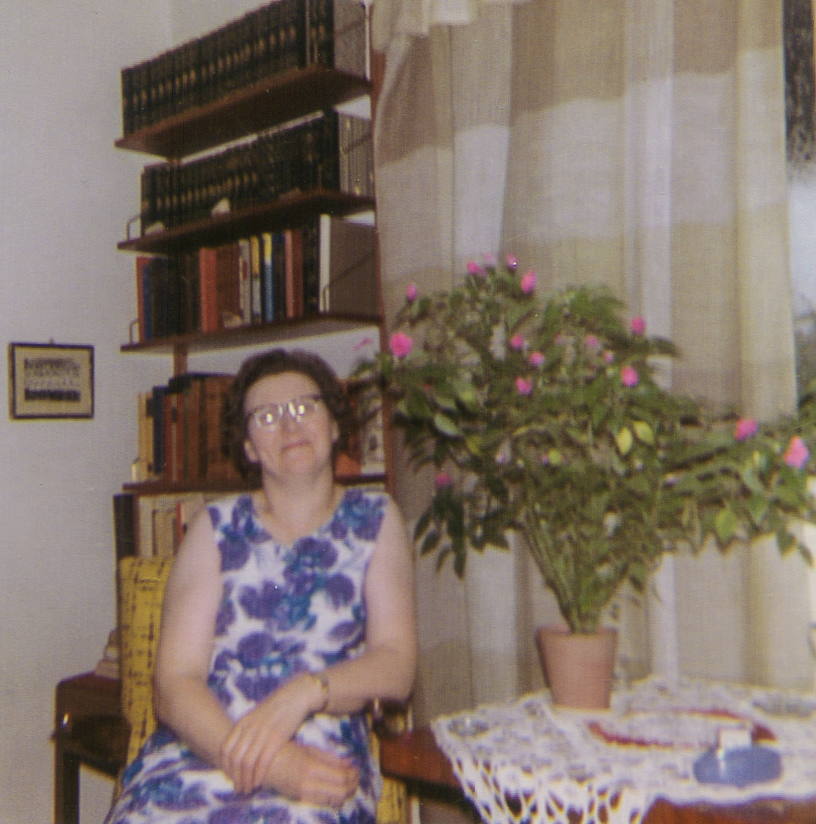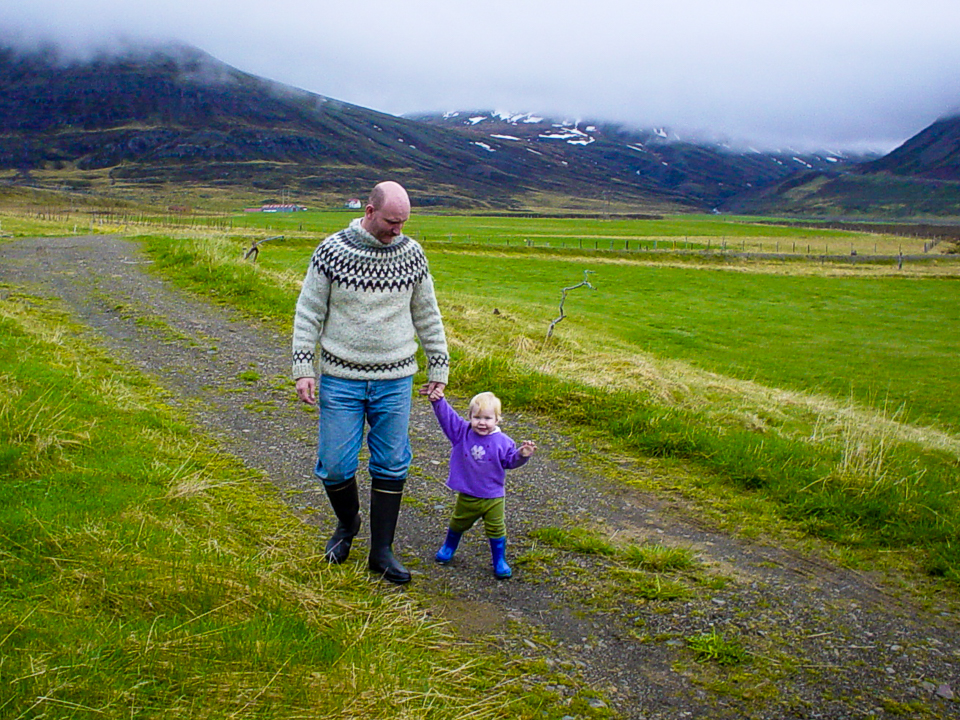The right to vote is something we expect and hardly think about, but it hasn't always been that way.
One hundred years ago, on June 19, 1915 women in Iceland gained the right to vote after years of campaign. 4 years later Congress passed the 19th amendment to the United States Constitution guaranteeing American women the same rights. In Iceland farm workers also got the right to vote at the same time. At the time they were close to 40% of the male population above voting age. This was similar to changes that happened in the early to late nineteenth century in the US, where first property ownership requirements were eliminated, allowing African Americans to vote and Native Americans in 1890. Women in Finland were the first European women to get the right to vote, in 1907, but Switzerland the last, not until 1971!
My mom was a staunch advocate for women rights all her life. She grew up in a place called Hælavík, in the far North West fjords of Iceland, a remote area that saw the population disappear soon after World War II. You can view this area in Google Maps Click on the "Show imagery" in the lower right corner of Google Maps and you can view photos from Hælavík.


She worked hard all her life, as a maid, cleaning lady at the US Navy base in Iceland and for the last 40 years of her life she was a farmers wife, which wasn't always easy! She also worked in the local fish processing plant, slaughter house and herring salting stations for years. She raked hay, delivered lambs and nursed them to life on cold days, rounded up sheep and milked cows. She took pride in a clean and neat house which was not easy on a farm! She cooked two hot meals every day, baked cakes and bread and made jam and berry juice. Until 1973 she took care of making cream and butter and she always had chicken for fresh eggs.

She knitted socks, mittens and sweaters, sewed and patched clothes when needed.
Every summer for 25 years, from 1960 to 1985 she took in kids from her brothers, sisters or family friends. They would stay the summer and help on the farm. Usually two, sometimes three. It was often tight in the small farmhouse, which was only about 700 sq.ft. but there was always room for one more! We didn't get electricity on the farm until 1971 and it must have been a lot of work to wash laundry and take care of all those people. My grandmother lived with us too until she died in 1970. I never, ever, heard my mom complain about that there were too many people around - perhaps the contrary as she was very social.
In January 1979 she fell on snow covered ice when coming back from feeding her chicken and broke her right wrist. It wasn't put together properly and it bothered her ever since. She slowed down knitting after that as it hurt her hand pretty badly.
In March 1997 she was taken ill and probably had a stroke or something like that (it was never determined) In two weeks she went from being a little forgetful to full onset dementia. From 1999 she and my dad lived in assisted living and later in a nursing home, where she died in 2005. My dad passed away in 2003. The dementia had progress so that the last time I visited in 2004 she didn't show any signs of recognizing me. She was 85 when she passed away. I felt it was appropriate to remember my mom on this day that meant so much for women of her generation 🙂
Arnor Baldvinsson



